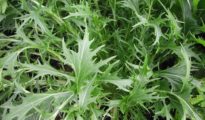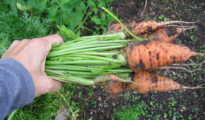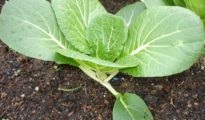Mushrooms are a versatile and nutritious food that can be added to a wide variety of dishes, but they can be expensive to purchase in the store. However, growing your own mushrooms at home can be a fun and rewarding experience that not only saves you money but also provides you with fresh and tasty mushrooms. In this beginner's guide, we will cover the basics of growing mushrooms at home, including the equipment and supplies you will need, the different types of mushrooms you can grow, and the step-by-step process for growing mushrooms.
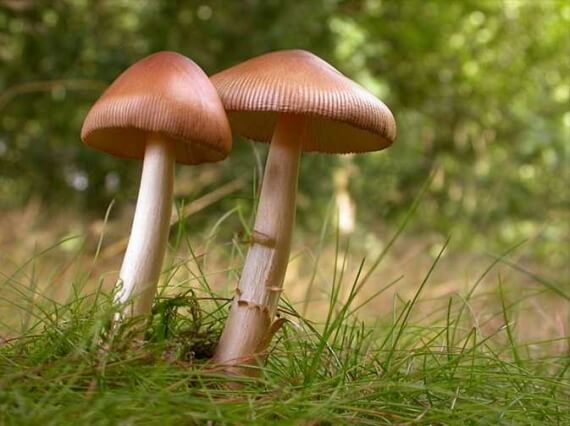
Equipment and Supplies:
To grow mushrooms at home, you will need some basic equipment and supplies. Here is a list of what you will need:
- Spawn: Spawn is the vegetative growth of the mushroom that is used to start the growth of new mushrooms. You can buy spawn from mushroom suppliers or make your own.
- Substrate: Substrate is the material that the mushrooms will grow on. The substrate can be made from a variety of materials, such as straw, sawdust, or coffee grounds.
- Container: You will need a container to hold the substrate and spawn. The container can be a plastic bag, a jar, or a tray.
- Humidity and Temperature Control: Mushrooms require high humidity and specific temperatures to grow. You will need to control the humidity and temperature in the growing environment.
- Light: Some mushrooms require light to grow, while others do not. You will need to determine the lighting needs of the type of mushroom you are growing.
Types of Mushrooms:
There are many different types of mushrooms that you can grow at home. Here are a few of the most popular types:
- Button Mushrooms: Button mushrooms are the most common type of mushroom found in grocery stores. They are easy to grow and have a mild flavor.
- Shiitake Mushrooms: Shiitake mushrooms are popular in Asian cuisine and have a rich, meaty flavor. They require a bit more effort to grow than button mushrooms.
- Oyster Mushrooms: Oyster mushrooms have a delicate flavor and a velvety texture. They are easy to grow and are a good choice for beginners.
- Lion's Mane Mushrooms: Lion's Mane mushrooms have a unique, seafood-like flavor and a fluffy texture. They require a bit more effort to grow than other types of mushrooms.
Step-by-Step Process for Growing Mushrooms:
- Prepare the Substrate: The first step in growing mushrooms is to prepare the substrate. The substrate can be made from a variety of materials, such as straw, sawdust, or coffee grounds. The substrate must be sterilized to kill any bacteria or fungi that could compete with the mushroom spawn.
- Inoculate the Substrate: Once the substrate is sterilized and cooled, you can inoculate it with the mushroom spawn. The spawn can be purchased from mushroom suppliers or made from spores.
- Incubate the Substrate: The inoculated substrate should be placed in a warm, dark location to incubate. This will allow the mycelium (the vegetative growth of the mushroom) to spread through the substrate.
- Add Humidity and Light: Once the mycelium has spread through the substrate, you can add humidity and light to the growing environment. This will encourage the mushrooms to grow.
- Harvest the Mushrooms: Mushrooms will typically take several weeks to grow. When the mushrooms are fully grown, they can be harvested by gently twisting and pulling them from the substrate.
Tips for Growing Mushrooms:
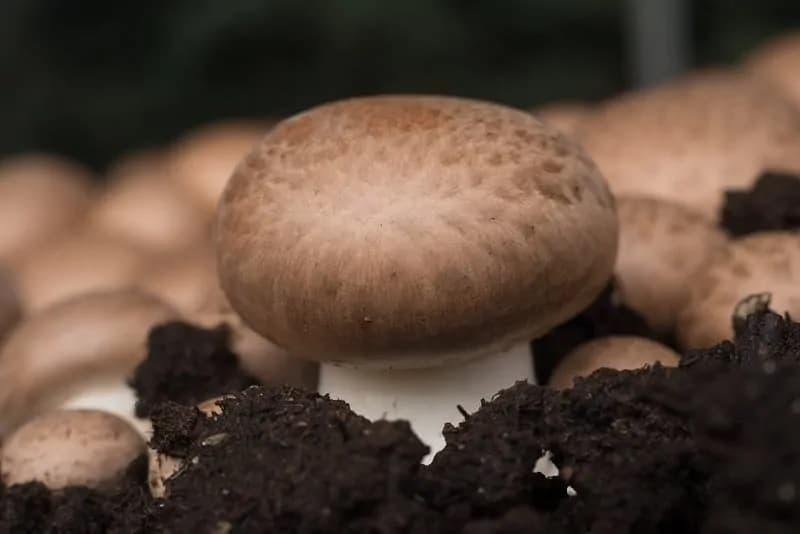
Keep the Growing Environment Clean: Mushrooms are susceptible to contamination from bacteria and fungi. Keep the growing environment as clean as possible to reduce the risk of contamination.
- Monitor Humidity and Temperature
- Choose the Right Type of Mushroom: Different types of mushrooms require different growing conditions, so choose the type of mushroom that best suits your environment and growing conditions.
- Use Quality Spawn and Substrate: The quality of your spawn and substrate can affect the growth of your mushrooms. Be sure to use high-quality materials to ensure the best results.
- Be Patient: Growing mushrooms can take time, so be patient and wait for the mushrooms to fully mature before harvesting them.
- Experiment with Different Growing Methods: There are many different methods for growing mushrooms, so don't be afraid to experiment and find the method that works best for you.
What are the Best Types of Mushrooms to Grow at Home?
There are many different types of mushrooms that you can grow at home, each with its own unique flavor and growing requirements. Here are some of the most popular types of mushrooms that can be grown at home:
- Button Mushrooms (Agaricus bisporus): Button mushrooms are the most commonly found mushrooms in grocery stores and are a great choice for beginners. They have a mild flavor and can be grown on compost or a mix of straw and manure. Button mushrooms grow best at a temperature range of 55-65°F and require moderate humidity levels.
- Shiitake Mushrooms (Lentinula edodes): Shiitake mushrooms are a popular choice in Asian cuisine and have a rich, meaty flavor. They can be grown on logs, sawdust, or a mixture of straw and sawdust. Shiitake mushrooms require high humidity levels and a temperature range of 60-75°F.
- Oyster Mushrooms (Pleurotus ostreatus): Oyster mushrooms have a delicate flavor and a velvety texture. They are easy to grow and are a good choice for beginners. Oyster mushrooms can be grown on a variety of substrates, including straw, sawdust, and coffee grounds. They require high humidity levels and a temperature range of 65-75°F.
- Lion's Mane Mushrooms (Hericium erinaceus): Lion's Mane mushrooms have a unique, seafood-like flavor and a fluffy texture. They require a bit more effort to grow than other types of mushrooms, but the results are well worth it. Lion's Mane mushrooms can be grown on logs or a mixture of sawdust and hardwood chips. They require high humidity levels and a temperature range of 60-75°F.
- Reishi Mushrooms (Ganoderma lucidum): Reishi mushrooms have a bitter flavor and are often used for their medicinal properties. They can be grown on logs or a mixture of sawdust and hardwood chips. Reishi mushrooms require high humidity levels and a temperature range of 65-75°F.
- Maitake Mushrooms (Grifola frondosa): Maitake mushrooms have a nutty flavor and a meaty texture. They can be grown on logs or a mixture of sawdust and hardwood chips. Maitake mushrooms require high humidity levels and a temperature range of 60-75°F.
- Enoki Mushrooms (Flammulina velutipes): Enoki mushrooms have a delicate, slightly sweet flavor and a long, thin shape. They can be grown on a variety of substrates, including sawdust and rice straw. Enoki mushrooms require moderate humidity levels and a temperature range of 50-65°F.
These are just a few of the many types of mushrooms that can be grown at home. Be sure to research the growing requirements for the specific type of mushroom you plan to grow to ensure the best results.
Growing your own mushrooms at home can be a fun and rewarding experience. With the right equipment and supplies, the right type of mushroom, and the proper growing conditions, you can grow fresh and tasty mushrooms in your own home. Just remember to keep the growing environment clean, monitor humidity and temperature, use quality spawn and substrate, and be patient. With these tips and a bit of practice, you'll soon be enjoying a delicious harvest of homegrown mushrooms.



